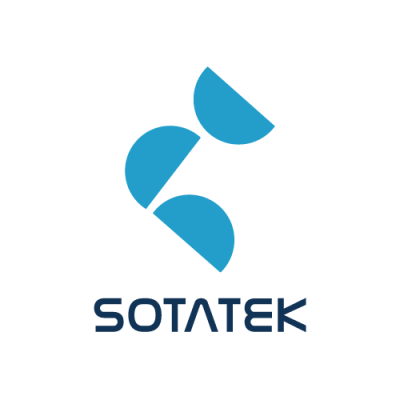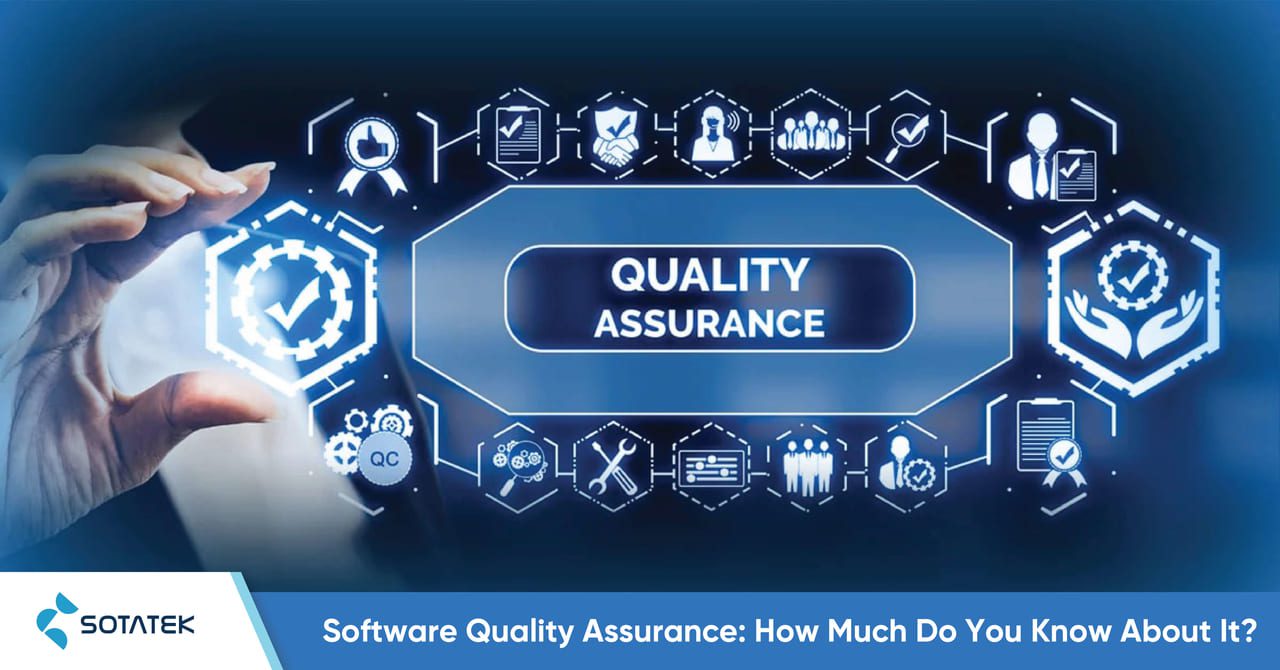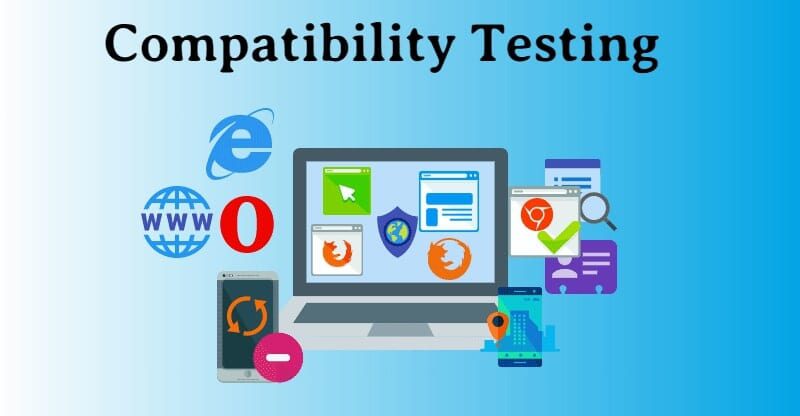The expansion of online shopping has made eCommerce the first stop for most customers. In order to create a great user experience, increase conversions, and reduce checkout abandonment, it is important to pay attention to the checkout process. A well-designed checkout process can increase sales and foster trusting customer relationships. A complicated process and a lack of information about pricing, shipping, and delivery, on the other hand, may cause customers to postpone and cancel their orders. According to Forrester research, shopping cart abandonment costs eCommerce brands an estimated $18 billion in annual sales revenue. So, the question now is “How to optimize the eCommerce checkout flow?”. To gain more insights about this topic, check the blog below!
1. What Is eCommerce Checkout?
The term “eCommerce Checkout” refers to the step-by-step procedure that clients must take in order to successfully purchase an item. The Checkout page is the most important step in the customer journey because it has a direct impact on sales. A smooth, frictionless user experience is what an ideal checkout sequence will provide.
Normally, the Tech Vendor will develop a checkout process in the eCommerce platform including some steps below:
- Shopping Cart: The checkout process begins when customers go to the shopping cart and proceed to make a purchase. To make the process as seamless as possible, most eCommerce platforms include a “Buy Now” option. At this stage, many options are given on the checkout page for customers to choose from creating an account with the store (register) or continuing as a guest.
- BIlling Info: This step refers to the process in which customers choose an appropriate payment option and fill in the billing information.
- Shipping Info: Customers need to fill in the delivery information, such as their home address, the preferred delivery time, etc. To streamline this process, create a checkbox for “shipping address same as billing address” so they don’t have to enter this information twice.
- Shipping Method: Normally, an eCommerce platform will collaborate with different logistics companies. At this stage, all possible shipping firms will be listed and customers can select one among them. Shipping options that are both fast and affordable can help avoid cart abandonment.
- Preview Order: Make sure shoppers can examine the entire order, including final costs after they’ve entered all of their information.
- Payment and Confirmation: The final step in the checkout process is to make a payment. There should be a call to action on the preview order page to encourage customers to complete the transaction. This call to action should be shown prominently.
2. Why Is eCommerce Checkout Important?
The success of your eCommerce platform development depends on various factors, including eye-catching images, web design, catchy product descriptions, and even the checkout process. A good UI/ UX design for checkout not only helps to reduce the cart abandonment rate but also serves as a valuable method for the gathering of customer data. When customers abandon the checkout page, your brand loses potential information that could have assisted the marketing team. Therefore, customer conversion and data collection should be balanced in the best checkout process. So, if you truly want to sell merchandise, increase revenue, and build trust with your customers, you must ensure that your checkout process is streamlined and secure on multiple levels.

3. Top 05 Tips To Optimize The eCommerce Checkout Flow
a. Streamline The eCommerce Process
A study by Baymard Institute found that 21% of online consumers said their reason for abandoning checkout was due to the process taking too long or being too confusing. Therefore, keep in mind to build a platform that can offer shoppers a streamlined experience from the time they browse through your web, view your products, select items, and finally, checkout.
One recommendation to streamline your site’s checkout process is by clearly indicating all steps along the way. Make it as simple as possible for customers to review their shopping carts, enter contact and delivery information, and confirm the payment information. By integrating a checkout timeline, you may increase both visual appeal and user convenience as customers can have a thorough overview of the checkout process, knowing which phases are complete and which are not.
Besides, you can make it easier for your loyal customers by using information stored in a customer’s profile to speed up the process, allowing them to confirm the purchase with a single click. This is advantageous for both companies and consumers because it provides a quick checkout and a pleasant experience for your customers, as well as driving recurring purchases from a loyal client base.
b. Deliver Clear Shipping and Payment Info
According to the Baymard Institute, half of the total customers claimed that high additional costs as the primary reason for canceling their order. Customers frequently want to know the expected shipping costs; otherwise, they may be disappointed with the overcharged cost, and such goods will be returned. Therefore, make sure to include clear shipping and payment information during the checkout process. If applicable, you can even provide free shipping for purchases of a certain amount, which benefits brands by encouraging customers to spend a certain amount to avoid shipping fees.
c. Integrate Multiple Payment Options
When building an eCommerce Platform, you should require your Tech Partner to integrate into your operations some common payment choices, including e-Wallets, bank transfers, debit/ credit cards, and cash on delivery. The variety of payment options will help customers to easily choose based on their convenience.

Furthermore, by providing a wide variety of convenient payment options, you can reach a larger audience. Different generations and demographics of shoppers favor various payment methods. If you cater to all of them, your audience will grow faster. Gen Z and millennials, for example, prefer alternative payment methods such as in-app purchases, mobile wallets, and mobile payments, whereas Gen X prefers to use debit or credit cards.
d. Utilize Trust Badges
It is critical to provide enough security in order to keep clients on the checkout line. For instance, customers always want to know that their credit card information is secure. As you probably know, trust badge tests have delivered between 3% – 30% uplifts in conversion. Therefore, remember to display security and trust signals clearly throughout the checkout process to give customers confidence in your service’s security. This will give customers confidence that their financial information is protected.
e. Optimize for Mobile App
It’s estimated that 54% of eCommerce purchases in 2021 were made from a mobile device, so you should ask your Software Provider to deliver a final product that works well on mobile apps:
- Do Quality Assurance on different mobile devices. Remember to not only check the latest phone model but also the old types. Your customers will be purchasing from a variety of devices with varying screen sizes, etc. So, try to test as much as possible.
- Turn on autofill. Entering information is difficult enough on a desktop computer, let alone on a mobile device. Anything that allows users to expedite the process will benefit your brand.
- Keep an eye on the site’s load speed. Prior to the 5G Technology era, mobile load speeds are frequently slower than desktop, so it is recommended to remove any unnecessary images, and processes,… to speed things up and reduce rage quits.
- Make sure you have the right default keyboard for each field. If you are asking for numbers, the customer won’t thank you if you give them keys that are 60% smaller than they should be.
4. Final Thoughts
Because the checkout process is so important for conversions, it should be tailored to the demands of customers for clarity, convenience, and efficiency in order to reduce the risk of cart abandonment. The goal of optimization should be to provide a pleasant customer experience while also reinforcing the relationship of trust between eCommerce firms and their customers.
Do you want to hire a Custom eCommerce Software Development Company? Drop a message to let us know. SotaTek, which was founded in 2015, has delivered numerous eCommerce solutions for our global clients, assisting them in their efforts to increase sales and build a customer base. Our IT experts ensure that our clients’ needs are highly adaptable to merchandising and eCommerce requirements, CRM, customer data storage, and analysis. Whether you want to only optimize your existed eCommerce checkout flow or build a completely new eCommerce platform, SotaTek can help you!





































